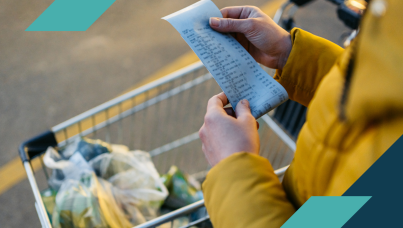For Book Buyers, What's Old Is New Again
Discount Hungry U.S. Consumers Spent More Than $530 million On Used Books During 2002, Ipsos BookTrends Reveals
Los Angeles, CA - A significant percentage of American book buyers turn to used books to get the titles they want or need at a substantial discount.
About 10 per cent of U.S. households bought at least one used book between April and December of last year. In total, these households purchased roughly 110 million used books or about $400 million in dollars spent, according to data released at BookExpo America by Ipsos BookTrends.
Used books accounted for roughly 13% of unit volume and 5% of dollars spent on trade books (excluding children's books). Projecting purchase trends for the full year, Ipsos BookTrends estimates that American consumers bought about 145 million used books last year, for about $533 million.
"Why should publishers need to know about used books? Many have told me that they can't publish against them," said Barrie Rappaport, manager of Ipsos BookTrends, an ongoing tracking service by Ipsos-Insight, a member of the Ipsos global marketing research group. "All publishers, however, sell against them. Your customers, the retailer, also sell against them."
"In today's competitive marketplace -- and as part of each company's strategic planning process -- marketers must fully understand what drives all consumer book-buying behavior," Rappaport said.
Nearly one-third of book buying households purchased both a new and a used book during the last nine months of 2002. Among used book buyers, most of who purchase both used and new books during the year, one out of every three book purchases was for a used book.
Among other Ipsos BookTrends findings:
- Leisure books were among the most sought after used book genres, lead by mystery/ thrillers, romance, science fiction/occult/fantasy and religious fiction novels.
- Informational books such as cookbooks, relationship/personal health books, and non-fiction religious offerings were among the genres least likely to be purchased used.
- Most used books were bought "in person", with Internet purchases being a distant second. In contrast to the new book segment, used book customers do not really buy used books by mail.
- Used books usually are sold through much lower profile outlets than new books. The four key channels of distribution are used bookstores, independent bookstores, online retailers and "others"(library, church and garage sales and, thrift shops).
- Used book customers tend to choose used bookstores, "other" channels and, to a lesser degree, independent bookstores when buying fiction. When buying non-fiction - it's the Internet that most often meets their needs. The Internet can be a convenient resource for collectors of antiquarian books.



